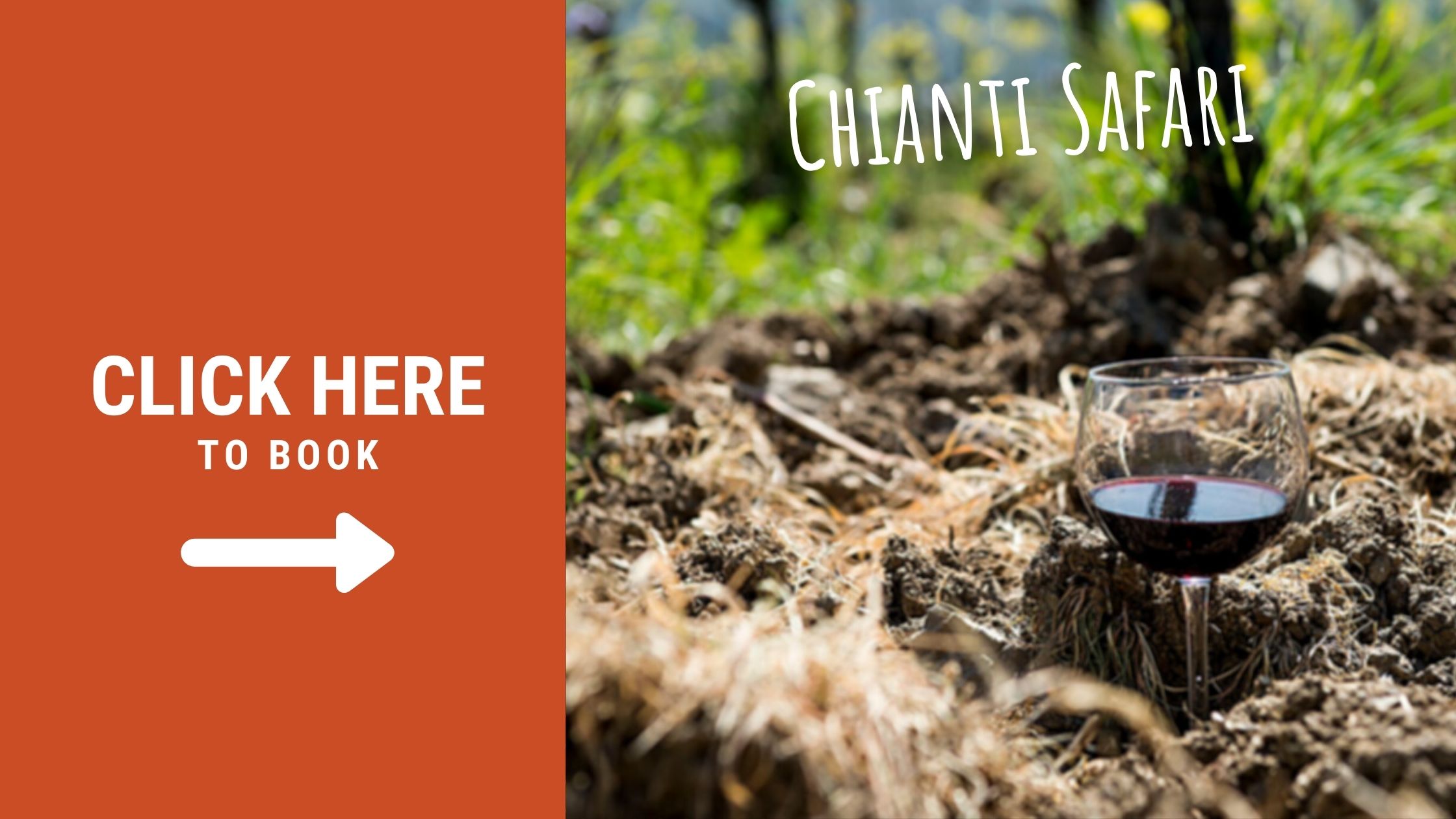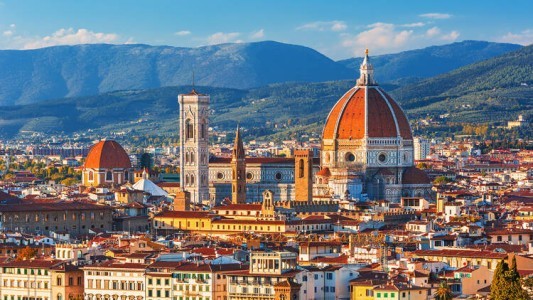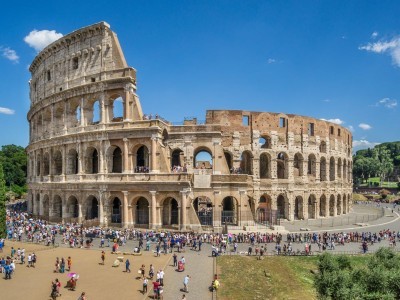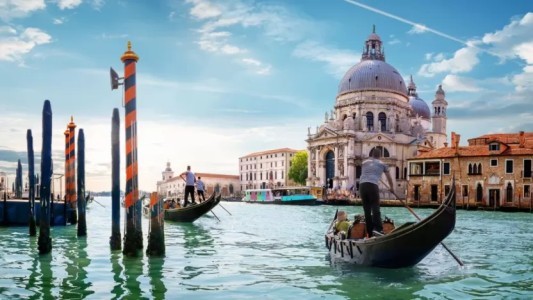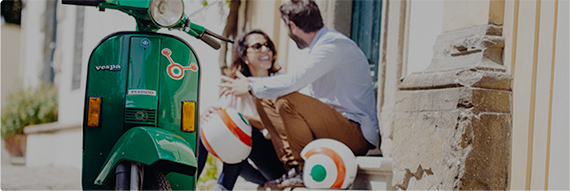Chianti Vineyards: History, Cultivation & Wine Production

The vineyards of Chianti are famous. The region’s wines are renowned for their tradition and authenticity, inspiring world-class creations. With our Tuscany wine tour you can experience the history and finesse of some of the bestChianti vineyards; but before that, let’s look at the culture and practices that have endured here for centuries.
History
Where Does the Story Begin?
The region has a rich history of wine production, able to lay claim to being home to the world’s first wine production laws. In 1716, Grand Duke Cosimo III de Medici’s legal document set the boundaries of the area, creating the first real delimited wine zone.
The Good and the Bad…
The region has experienced it all when it comes to production; the good and the bad. The popularity of the region’s creations meant that demand boomed, leading to the creation of cheap imitations made outside of the prescribed district. The ‘classic zone’ grew to include vast areas of central Tuscany, and mass production took off. Industrialisation and the exodus of workers from the Tuscan countryside to take advantage of new jobs presented an opportunity for the Italian government in the 1950s. The government therefore funded the replanting ofChianti vineyards, with a view to expanding production further.
… and The Ugly
These 20th-century changes resulted in a reputation for cheap, poor-quality wines. Indeed, such was the damage to the wine’s status that in 1924, a consortium was formed that identified its product with the symbol of the black rooster to differentiate the quality production of Chianti wine and its trademark of origin from inferior wines bearing the same name.
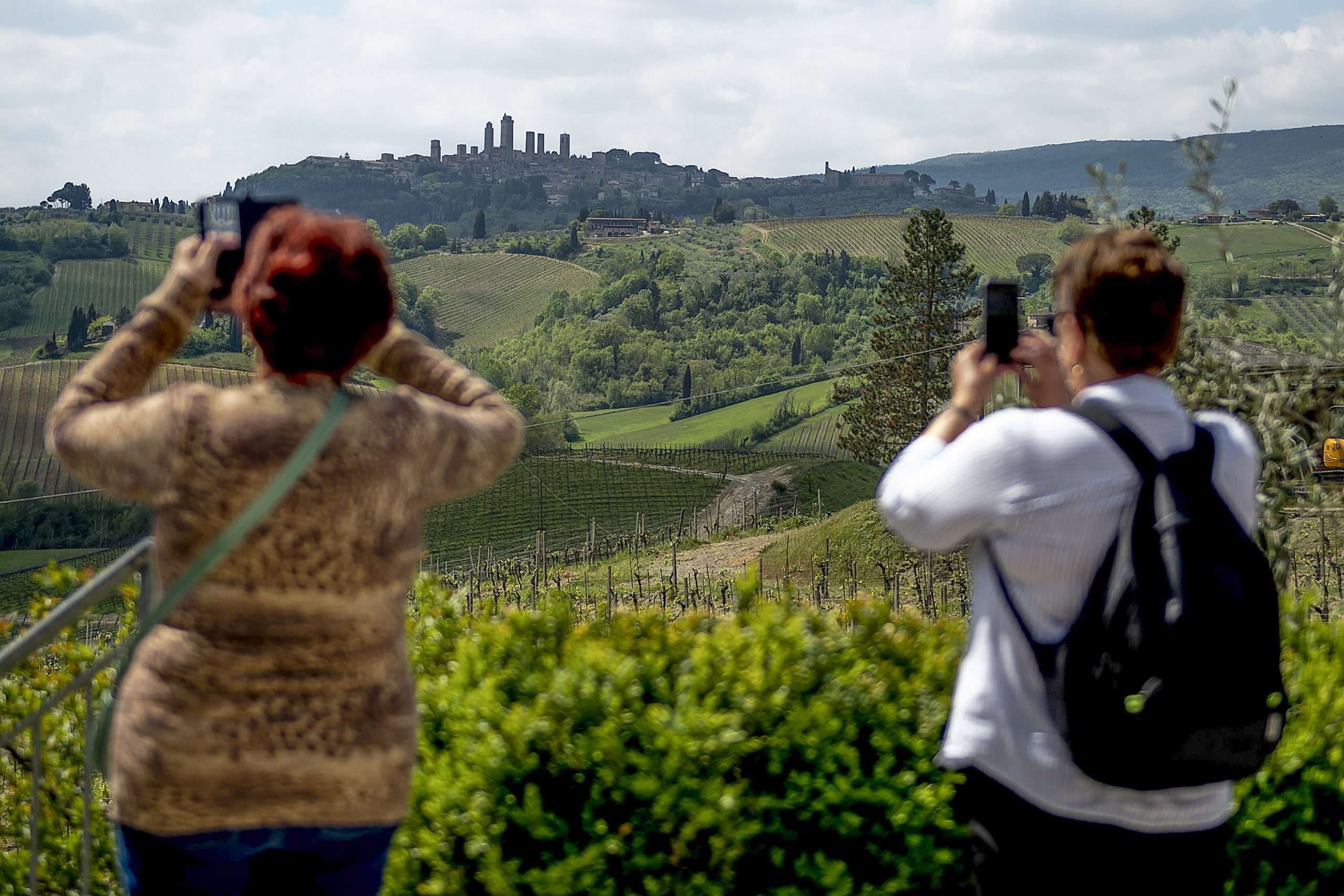
Happily Ever After?
By the end of the 20thcentury though, opinion and quality had taken a turn for the better. In 1984, ‘DOCG’ certification was granted to the wines created here – the highest quality level. Experiencing more significant changes than any other wine in Italy, the last 30 years have been instrumental in reinstating the wine’s elevated status as world class in the hearts of wine-drinkers everywhere.
Protecting the Reputation
In order to protect the status, several measures were put in place. Yields were restricted to avoid an over-supply, and the cellars utilised temperature-controlled stainless steel and smaller barrels for ageing. The Classico area was limited to the original area of 7,000 hectares, and a higher minimum Sangiovese grape composition was imposed, at 80%.

How are the Wines Produced?
Viticulture, or the cultivation and harvesting of grapes, has grown with the region since the establishment of the Tuscan wine zone. Bettino Ricasoli, the father of Chianti and one of the founders of Italy, honed the formula back in the 1870s, prescribing the three Tuscan grape varieties permitted. However, this traditional recipe was amended in the 20thcentury, with up to 30% white grape varieties being endorsed in the blend. In 1996, this changed yet again, allowing up to 15% foreign grapes.
The Story of the Fruit
The All-Important Grape
The Sangiovese grape is predominant in the production of the area’s wines. A red grape that is extremely prevalent in Italy, it accounts for 11% of all varieties in the country. It can be difficult to get the fruit to fully ripen as the vines are particularly sensitive to any changes in their environment. The effect of using a less ripe grape contributes to the acidic reputation of wines made from the Sangiovese variety. Furthermore, to boost the less-than-intense colour that is characteristic of the grape, Canoiolo and Cororino varieties are often added.
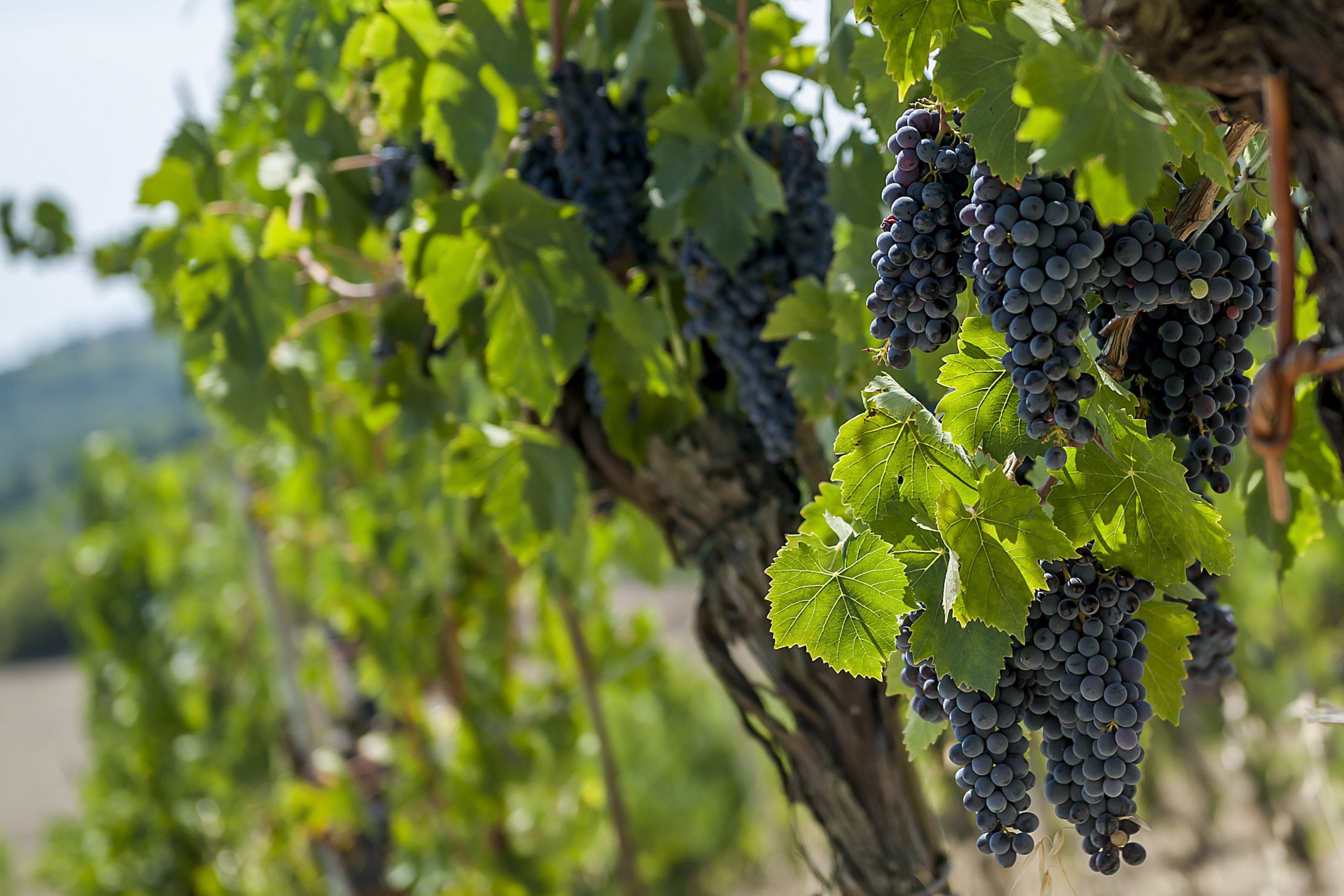
Growing Sangiovese
A finicky grape, Sangiovese buds early and ripens late. It is very sensitive to temperature, requiring a warm climate, but liable to abandon its interesting fragrances if it gets too hot. The cultivation of Sangiovese grapes doesn't travel well either, although there are producers trying to get around this so that they can grow them in other parts of the world.
Science and Sangiovese
In 1989, a research programme called Chianti Classico 2000 began, aiming to select clones of the variety with thicker skin and less dense bunches. However, each clone has its own characteristics, and will respond to its environment differently. The terroir, or natural environment where a wine is produced, will have a considerable impact on the grapes grown there, and selecting the wrong clone for the terroir will result in an insipid wine.
A Unique Taste
Sangiovese grapes are high in tannins and acidity. They have savoury notes, along with their signature hints of sour red cherry, plum, dried herbs and tea leaves. As they age, wines crafted from the variety take on a meaty aroma, which offers a pleasantly earthy experience.

What Area in Italy is Famous for Chianti?
Tuscany, the region of Italy famed for the breathtaking cities of Florence, Siena and Pisa, is also the home of the famous wine-making region. This vast reach means that the district can play host to a diverse range of characteristics. Extending 160km from north to south,Chianti vineyardsare subject to minor variations in climate that have an impact on the nature of the wine that they produce. For example, those vines grown at the base of the Apennines are protected from sweltering summers, but the area can experience particularly cold winters. Furthermore, the altitude sets the region aside from others. TheChianti vineyards,planted at an elevation of between 150m and 600m, produce wines with a crisp acidity.
Soil and Sangiovese
Chianti vineyardsare planted in a range of soils, from clay and marl combinations to a hard sandstone in the south of the region. The former, known as Galestro, is found in the north of the district, whereas the sandstone soil of the south is called Alberese, and is known for its strong drainage capabilities. Well drained soils are perfect for growing Sangiovese grapes, and viticulturalists will aim to restrict the water levels in order to boost production.
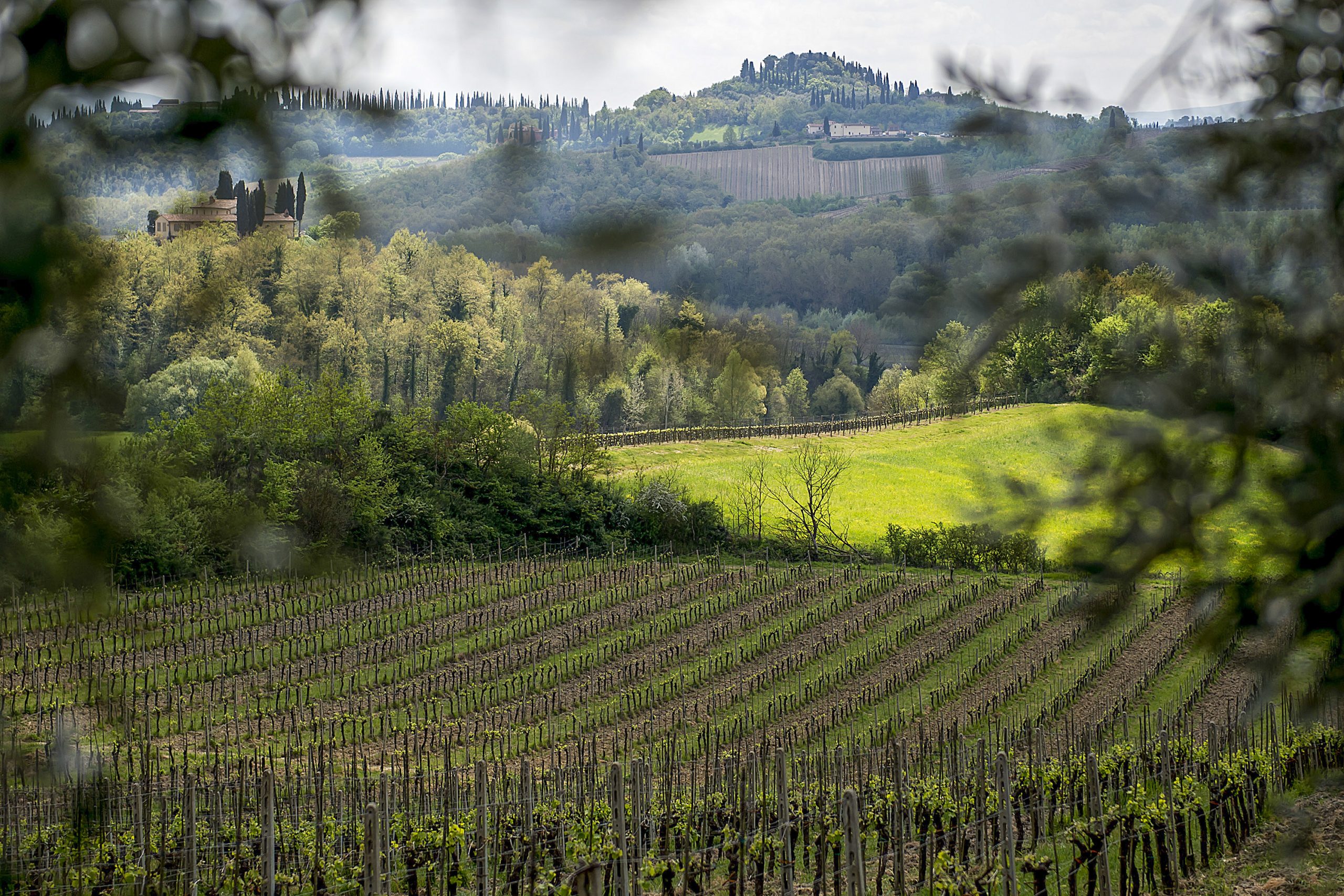
Harvesting
Visiting during harvest time will guarantee an action-packed spectacle; depending upon the weather, this usually falls from late September to early October for the picking. The hustle and bustle of the harvest process (known as ‘Vendemmia’) can mean that the owners ofChianti vineyardshave less time to show off their gorgeous estates, so it’s something worth considering when choosing a date for your tour.
Timing Is Everything
The harvest begins before the heat of the day really kicks in, so the winemakers will find themselves rising early during this season. Deciding precisely when to pick the grapes is a crucial decision – timing will almost certainly have an impact upon the balance of acidity and sugar in the result.
Reaping What You Sow
Collection of the grapes from theChianti vineyards can be via machines, or some estates still prefer to hand-harvest to ensure a tender approach. The fruit is carefully placed into plastic bins or wicker baskets, until the grapes are gently transferred into larger containers before fermentation begins. Care is paramount here – be too rough, and the fermentation process can begin early, which will negatively impact the wine. To avoid damaging the grapes, stems can be removed by hand, or by specialist machinery.

The Magic of Fermentation
Now, on to the most important part – the fermentation. Whilst winemakers of the region are well-versed in the processes of their ancestors, nowadays stainless steel machines are utilised in order to best control the conditions required. Continually mixing the crushed grapes ensures a constant supply of oxygen, and prevents the grape skins from floating to the top, which could alter the colour of the result. The fermentation process takes between three and four weeks.
Seeing it for Yourself
Now that you know the theory, you’ll be delighted to learn that you can experience the phenomenalChianti vineyardsyourself with our Chianti Safari Off Road Tuscany Wine Tour. The tour’s expert guide will reveal the wonder of two classic estates, along with the mesmerising garden of a historic villa. You’ll have the opportunity to indulge in a traditional Tuscan lunch whilst taking in the exquisite panoramic views.
How Many Wineries are there in Chianti?
Over 5,000 wineries call the region their home, including those explored on our Tuscany tour; Rignana, Poggio Torselli, and Villa le Corti.

How far is Florence from Chianti?
The distance from Florence is 35 kilometres as the crow flies, but in reality the wine-making hotspots can be more difficult to access. Going by road ends up at over 45 kilometres, and the train station is located some distance from many of the towns and villages. A bespoke tour has the advantage of eliminating these logistical challenges for you, as well as offering the opportunity to take in theChianti vineyardsand sloping hills from a suitable vantage point aboard the customised off-road vehicle you’ll be travelling in.
In conclusion, theChianti vineyardspresent a day out like no other. You’ll delve into the rich historical pedigree of the region, gain an appreciation for the high-quality grape cultivation, and be immersed in the precision and care taken in the production process. The Off Road Tuscany wine tour from Florence is a perfect way to absorb the culture and vibrancy of this unique region – so what are you waiting for?
